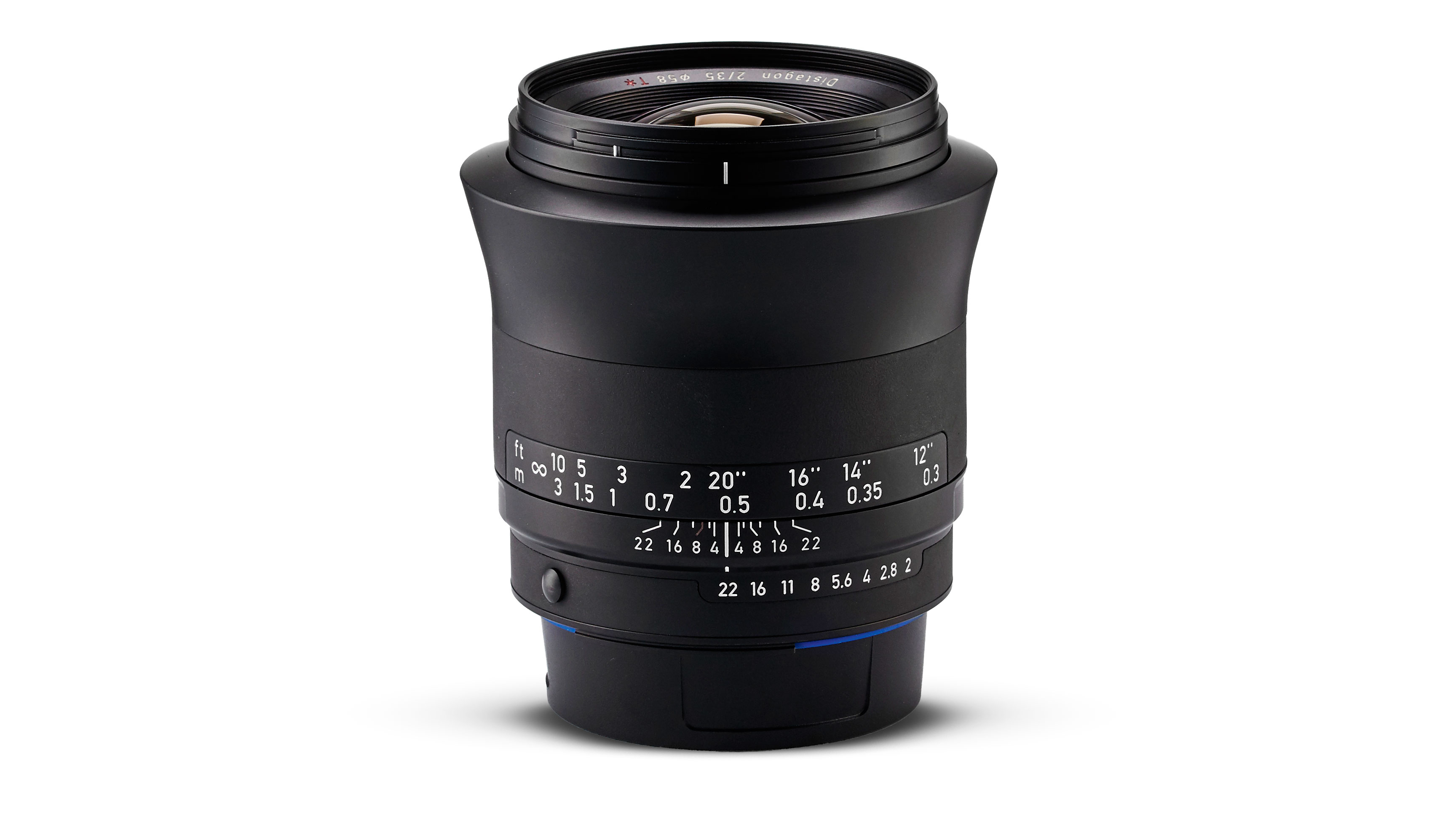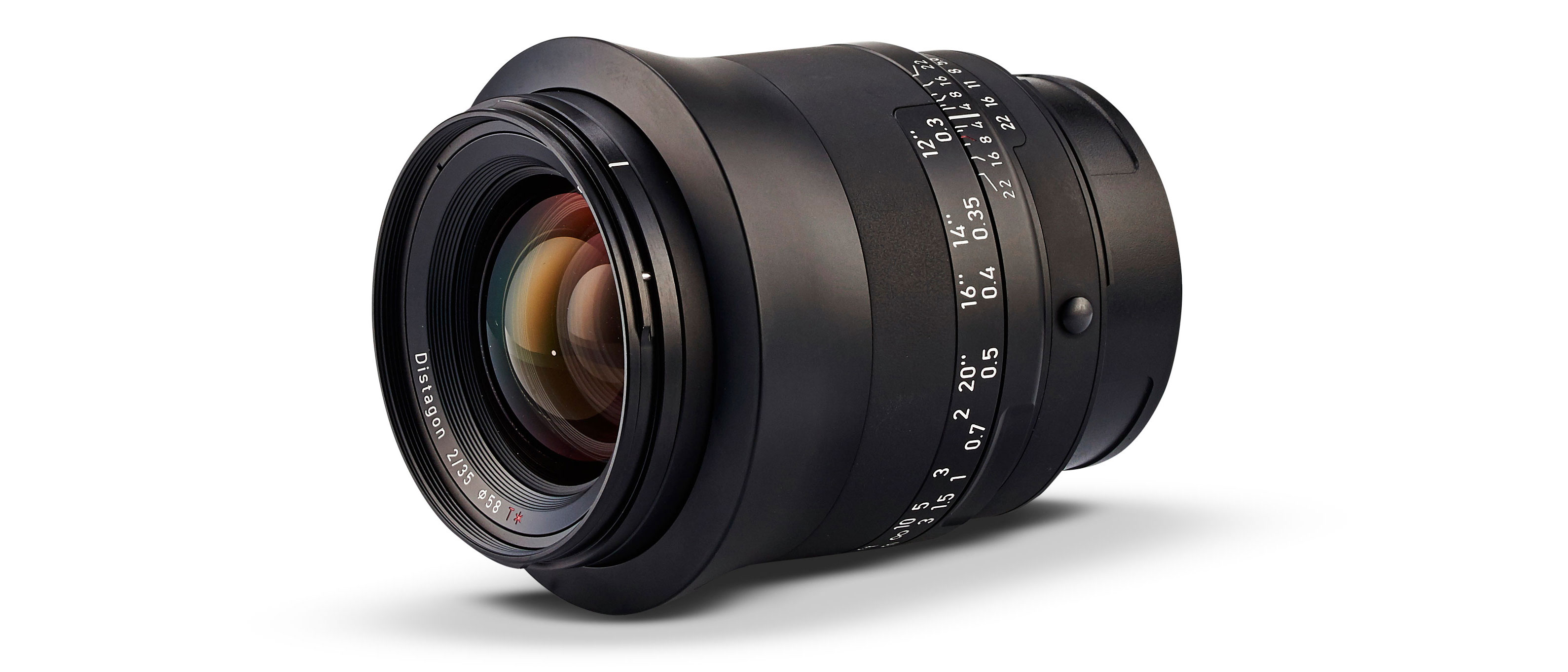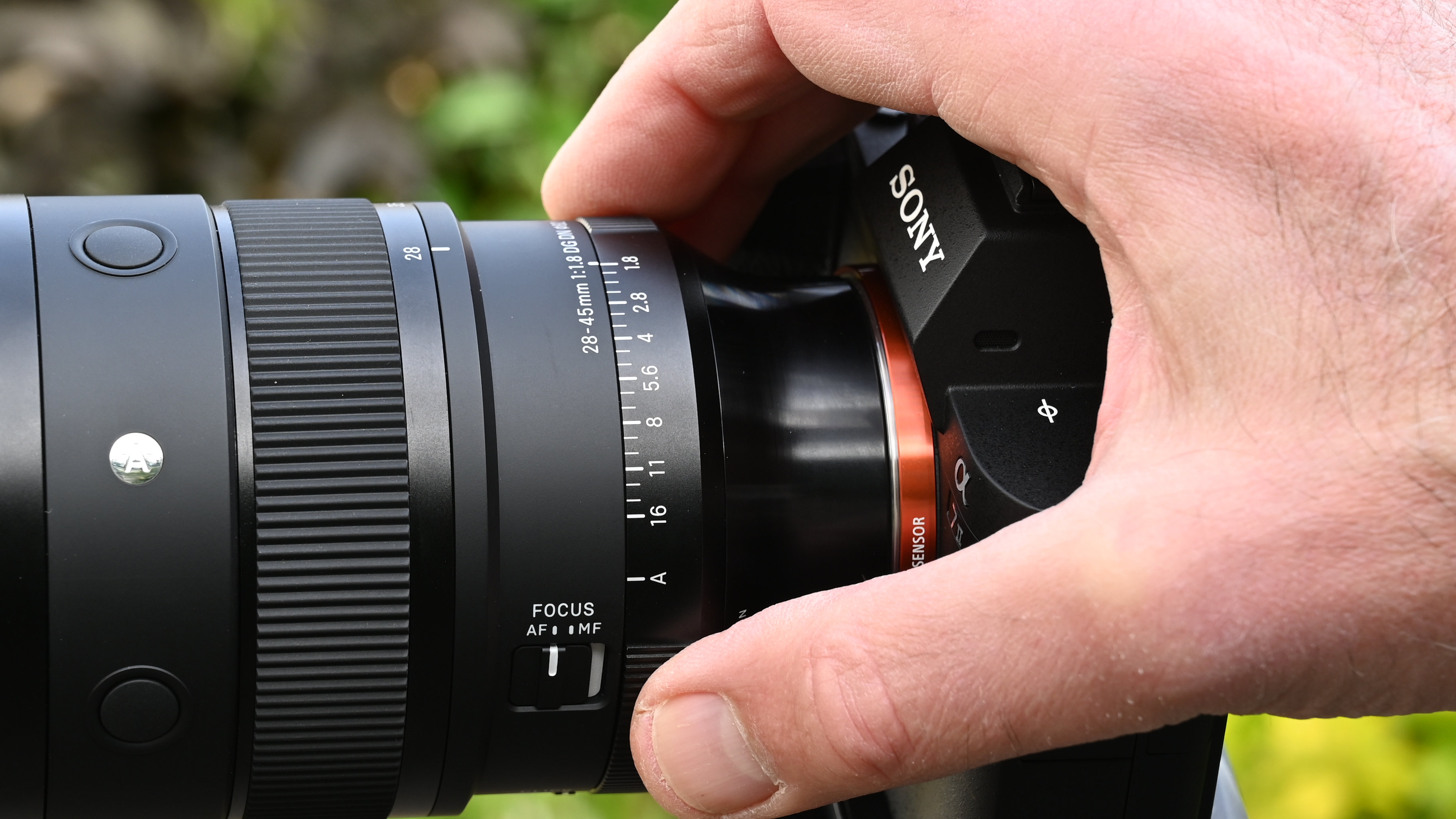Digital Camera World Verdict
With such a high price tag and the Zeiss name, this was always going to be a high-quality lens, but it’s a shame it doesn’t push it a little bit further. With sharpness consistently acceptable rather than mind-blowing, the Zeiss Milvus 35mm f/2 struggles to justify its price tag against more affordable rivals. It’s a very, very, very good lens, there’s no question – but is that enough? In this day and age, perhaps not.
Pros
- +
Premium, all-metal construction
- +
Smooth focusing action
- +
Full weather seals
Cons
- -
Sharpness good but unexceptional
Why you can trust Digital Camera World
The Zeiss Milvus 35mm f/2 is a manual-focus lens with no autofocus facility. It’s beautifully styled, immaculately engineered with a metal barrel, and feels very robust. Although it’s only slightly bigger than the competing Canon 35mm f/2 lens, it’s more than twice the weight at 702g. Similar to other competitors like the Tamron SP 35mm f/1.8 Di VC USD and Canon’s up-market 35mm f/1.4, it features weather-seals that include a rubber gasket around the mounting plate.
Zone focusing is made simple thanks to a long-travel, silky-smooth focus ring that comes complete with a distance scale and depth of field markings for f/4, f/8, f/16 and f/22. Even so, without microprism or split-screen focusing aids in DSLRs, accurate manual focusing can be tricky. The Milvus has built-in electronics to light up the focus confirmation lamp in the camera’s viewfinder. Full aperture control is also available from the camera body.
The front element and 58mm filter attachment thread don’t rotate during focusing, so there are no problems when using filters like circular polarisers and ND grads.

Performance
Overall sharpness is pretty acceptable, as opposed to amazing. In our lab tests, the Zeiss lost out slightly to the much less expensive Canon 35mm f/2 lens at most apertures, right across the image frame. Contrast and colour quality are excellent in lab and real world tests. Unfortunately it just about lags behind some competitors for control over colour fringing and barrel distortion.
There is a lot to like here – Zeiss’s acclaimed T* coatings are used to minimise ghosting, and the extent to which the outer barrel rotates provides real manual focusing comfort. It’s a high-quality lens, there’s no doubt about that, but you could be forgiven for expecting it to be a little further ahead of its rivals than it is.
Read more:
The best camera deals, reviews, product advice, and unmissable photography news, direct to your inbox!
Best wide-angle lenses for Canon
Matthew Richards is a photographer and journalist who has spent years using and reviewing all manner of photo gear. He is Digital Camera World's principal lens reviewer – and has tested more primes and zooms than most people have had hot dinners!
His expertise with equipment doesn’t end there, though. He is also an encyclopedia when it comes to all manner of cameras, camera holsters and bags, flashguns, tripods and heads, printers, papers and inks, and just about anything imaging-related.
In an earlier life he was a broadcast engineer at the BBC, as well as a former editor of PC Guide.


